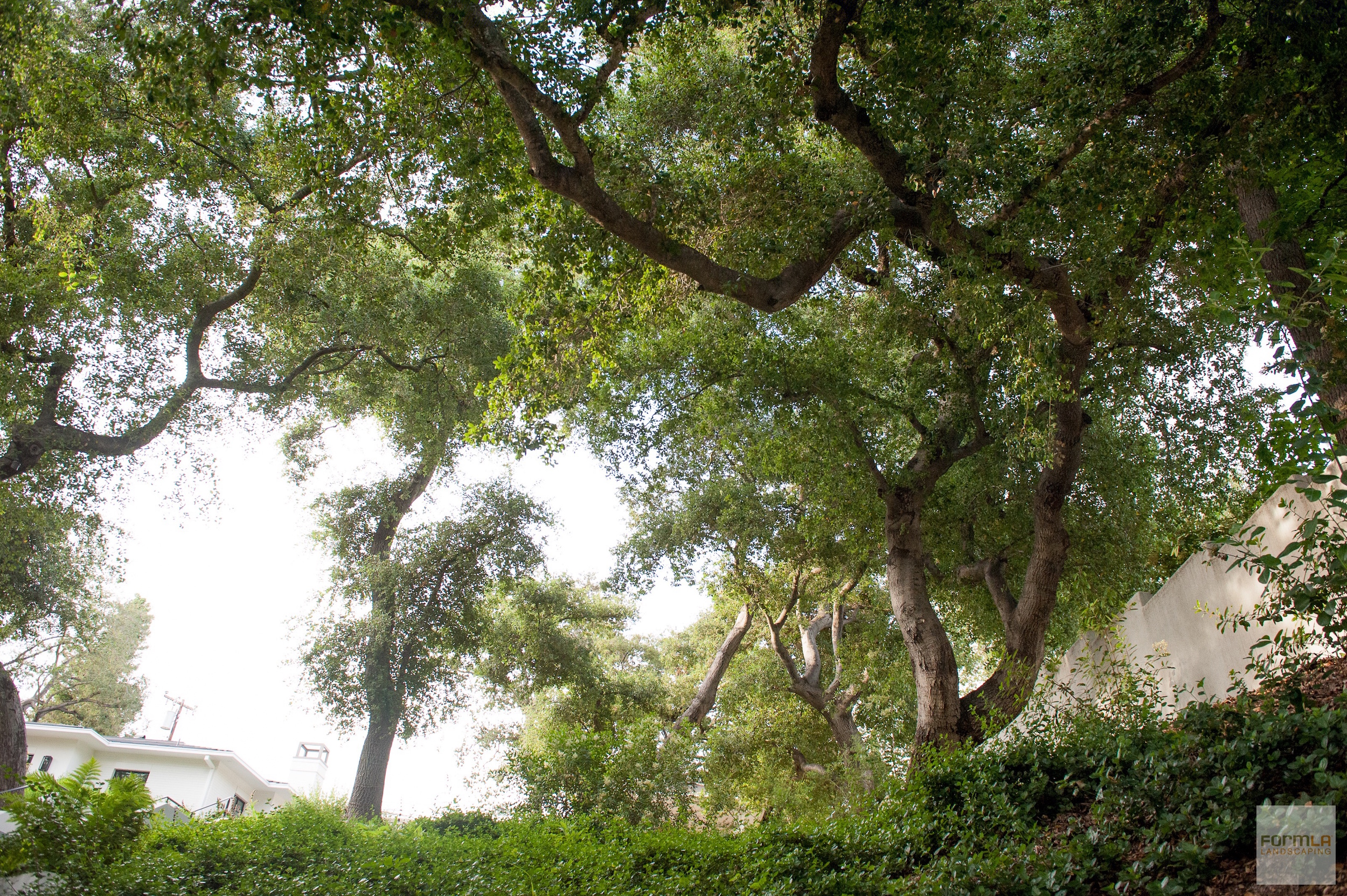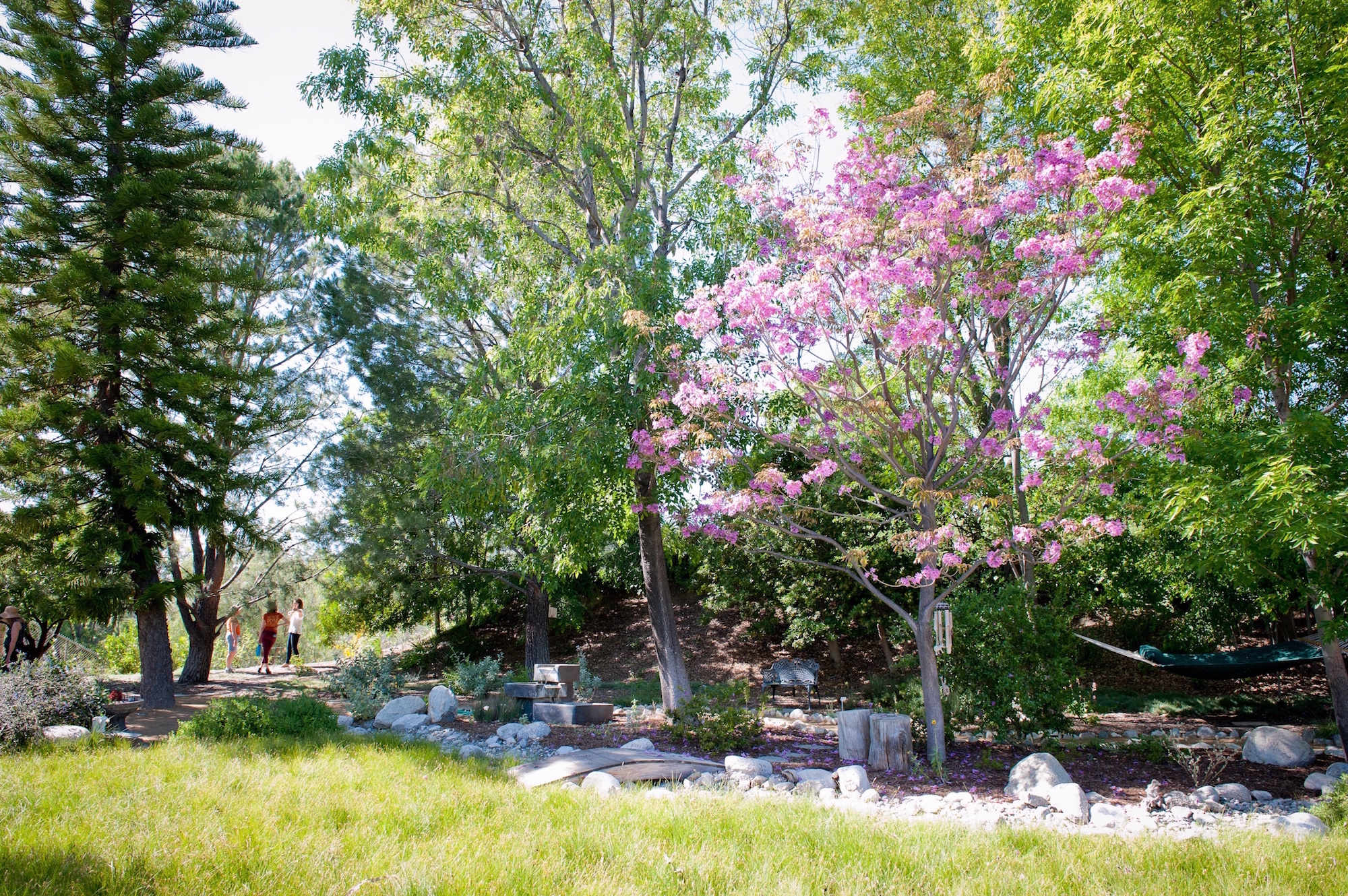Perhaps it is possible… If You Know the Which, Where, How & Why
April 2021. By Isara Ongwiseth: While leaves may not look exactly like dollar bills or coins, they may as well be. Tree canopy is one of the best ways to build the value of a property. So, yes, money just might grow on trees!

Exactly how valuable are trees?
Trees are so valuable, there is a whole profession dedicated to appraising them! According to the Council of Tree and Landscape Appraisers, mature trees can have a value of $1-10,000. They have been shown to amplify property values by 3-15 percent. 15 percent! University of Washington’s Green Cities Good Health project notes that trees are so powerful, they can improve your neighbors’ home values as well. Amazing.

Which trees produce the most green?
In general, trees with established tree canopy are more valuable than those with petite or young canopy. For this reason alone, maintaining, protecting and preserving these valuable resources is key.
Street trees are part of this equation. Management Information Services places the averages value of the nation’s 60 million street trees at $525 each, and a U.S. Forest Service study placed the collective value of California’s street trees at about $1 billion.

The lead author of the study noted that “for each dollar spent on planting or maintaining a street tree, that tree returns, on average, $5.82 in benefits.” If the beauty of Western Redbud’s heart-shaped leaves don’t make your heart beat faster, maybe those returns will!
You can assess the value of the trees on your property, or evaluate the trees on your mind, using a tree value calculator. You can even estimate its annual appreciation.
Whether or not a calculator reflects it, native trees may be of particular value. Our established native oaks and sycamore, for example, have expansive canopies, grown over the course of decades if not hundreds of years. As native trees are those most adapted to thrive in our full climate cycle and adapt to climate change, we think there is a great case to highly value them as new plantings. Those most adapted to our environment will live to throw more shade.

Where should I plant them?
Smart placement of trees helps maximize their value. In summer heat, trees planted to the south and west can help maintain your cool, and that of your home and garden. Of course this makes life more pleasant – it also saves on energy costs.
Selecting the right tree for the right place is essential. This practice amplifies safety, aesthetics, ease of maintenance and protects the tree’s ability to grow and appreciate to its full value. How do you match the plant to the place? Look up and around as you plant. Plant where there is enough space for each tree at its greatest possible size. For example, sycamore need expanses while Palo Verde and Western Redbud can fulfill their destinies in small spaces.

Why are trees so valuable?
We couldn’t find a source that gave us a definitive reason for the financial impact of trees. What we know for sure is that, while home appreciation is nice, but there is so much more about trees to appreciate! Trees make walking more enjoyable, which unifies neighborhoods. Trees sing and twitter as they provide habitat to birds. They slow stormwater flooding as well as climate change, and even protect homes from flying embers. They almost instantaneously lower our levels of stress and inspire wonder. Should I go on?
More Information
Create Home Value
Catch Fire with Trees
Tree Maintenance Timeline
Tree Plant Nation: Tree Value Calculator
i-Tree: Community Tree Assessment Tools
Houzz: Arbor Day Applause (for CA Native Trees)
TreePeople: 22 Benefits of Trees
University of Washington: Green Cities Good Health | Local Economy






